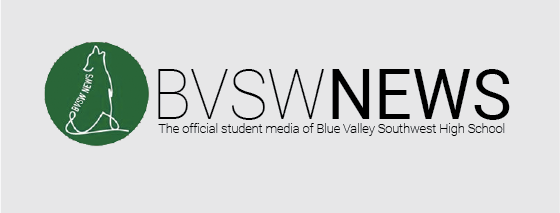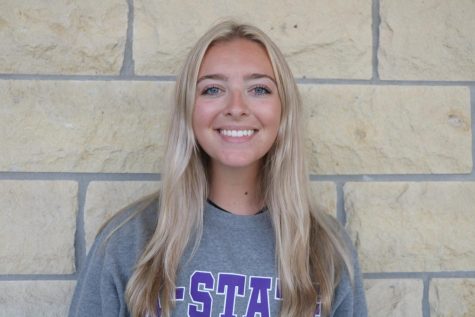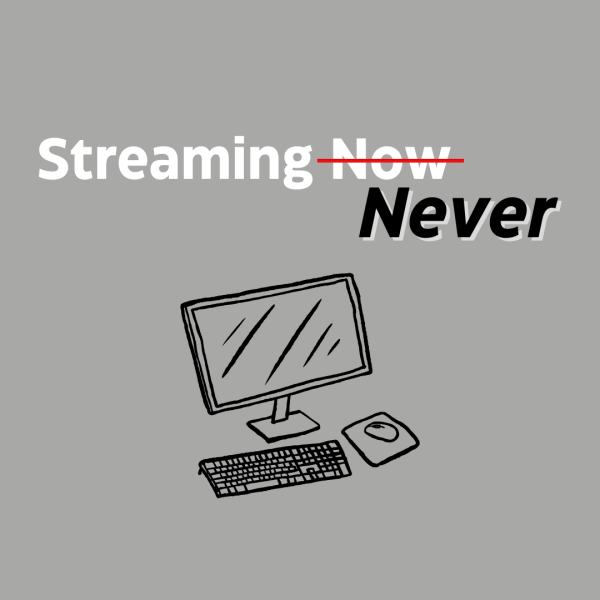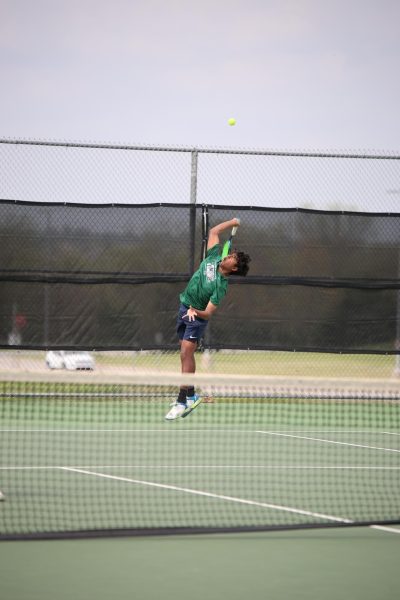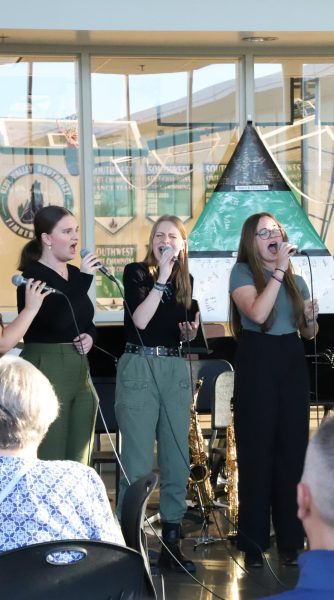Schedule Struggles: students and counselors juggle second semester changes and enrollment
As schedule change requests and enrollment cards for the following year clutter the counseling offices, the start to a new semester can be an overwhelming time for students and counselors alike. Not getting into a desired elective class and getting put into the wrong core classes are some of the most common problems students can face with their schedules and upcoming enrollment.
For his last semester, senior Tyler Glass has a full schedule and has struggled with finding the right hours that work for all of his elective and core classes.
“Right now I’m in band, drafting III, AP calculus, AVID, tech theatre and a couple of others,” Glass said. “Getting hours where I wanted them has been difficult because with my schedule, I have so many classes that are only held one hour.”
On top of the elective class struggles, Glass said he has also had troubles with some of his core classes.
“My biggest frustration was that I was in AP calculus last semester, but at the beginning of this semester I was put into advanced algebra instead,” Glass said. “So that was not fun to figure out.”
Beyond the problematic schedules, getting in contact with a counselor and finding the right schedules that work for each individual student can be difficult for all involved.
“I submitted three schedule request forms and sent a couple of emails,” Glass said. “After that, [my counselor and I] realized we weren’t on the same page, so we just met.”
Behind the scenes of the hundreds of schedules needing to be fixed and created for enrollment are only four counselors to achieve accurate schedules for students.
“Administration decides how many students per class, per section,” counselor Kristi Dixon said. “That’s why we tell you guys to be very deliberate in your choices [in January for the following school year].”
With countless conflicts coming along with the schedule changes for the current semester, enrollment for next year brings its own problems and complicated algorithms for the counseling department.
“I don’t even know what kind of algorithm happens, but a button gets pushed and the schedules are created,” Dixon said.
With over 1,000 student schedules to accommodate, along with teacher scheduling, it is near impossible for students to get every class they have requested. Dixon said out of the 526 total schedule changes requested during the second semester of this year, only 221 of those schedule changes were able to work for students.
“Basically half of the school requested to change something,” Dixon said. “Checking the master schedule and following the process would be the most helpful [to get the proper schedule change].”
Beyond the countless problems students have faced with their schedules and attempts to get in contact, there is a bright side. Online schedule change forms and master schedules have provided students with the resources to take the initiative of getting an accurate schedule.
“I think that the Google Form is definitely better than when they would just give you a sheet and you’d have to go to all your teachers and say, ‘Hey, I’m dropping your class because I don’t like it. Please sign this form for me,’” Glass said. “Being able to do it online is very beneficial.”
With an upcoming semester, some students, like sophomore Ashley Weber, said they had some concerns about their new schedules and finding ways to fix it as quickly as possible.
“Around a week and a half before winter break, I got in touch with my counselor because I knew my schedule was going to change,” Weber said. “I knew that they were going to be busy when we came back from winter break, so I made sure to email her in advance.”
Getting in contact with a counselor can be one of the most frustrating parts for students’ schedule changes and next year’s enrollment.
“I wanted to change back to my old schedule because I was also changed to a different teacher,” Weber said.
During her attempts to change her schedule, Weber said she became frustrated because her counselor “wasn’t responding.”
“I didn’t want to email her over and over again,” Weber said. “I never got a response, so I just let it go.”
With hundreds of students to tend to, counselors have the potential to accidentally miss an email or become overbooked with students.
“For most of us, email and face-to-face is best,” Dixon said. “Scheduling an appointment is nice because that means I’m going to be there.”
COVID-19 protocols and the lack of in-school attendance has made it difficult for underclassmen students to connect with their counselors.
“I have only met my counselor two or three times in person and I have only talked to her about four or five times,” Weber said.
With limited connections with counselors, it can be difficult for underclassmen students to create a positive and beneficial relationship with their counselor. Reaching out to underclassmen students that have had fewer opportunities to meet their counselors can be the first step in growing relationships.
“Talking to students and getting that one on one connection [is important],” Weber said.
As the counseling department has also been adjusting to the changes COVID has brought to our school system, they acknowledge that these connections have been limited and completely disrupted.
“Our whole philosophy is that we want to be accessible, and COVID shut so much of that down,” Dixon said. “We’re still working on that because we missed out on so much of that bonding time.”
